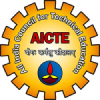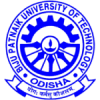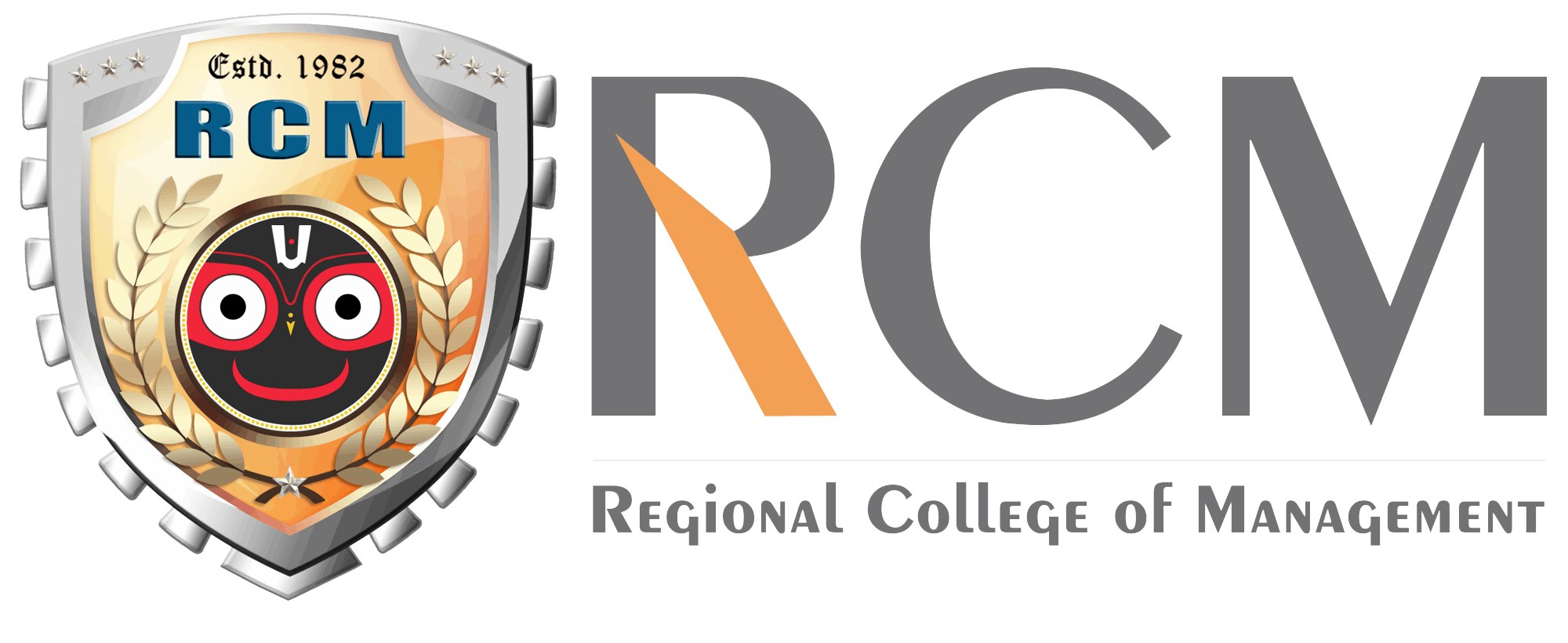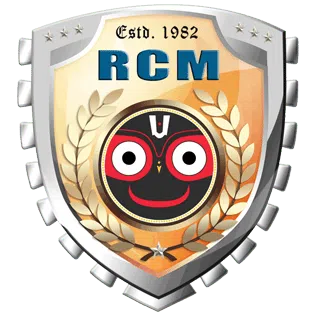Solving NEET PYQ with solutions is one of the most effective strategies to prepare for the medical entrance exam. The 2015 NEET question paper with solution is a valuable resource for aspirants as it gives you a clear idea of question patterns, difficulty levels, and frequently asked topics.
In this guide, you’ll get:
- Access details for the NEET 2015 question paper with solutions PDF
- Topic-wise analysis of the 2015 NEET exam
- Step-by-step strategies to use NEET previous year papers book effectively
- Expert tips for maximizing your score using NEET PYQ with solutions
Answer Summary
- 2015 NEET paper: Featured a balanced mix of easy, moderate, and challenging questions in Physics, Chemistry, and Biology.
- Best way to use: Attempt under exam conditions, then analyze solutions to learn concepts.
- Pro tip: Use NEET previous year papers book or PDFs for daily practice alongside mock tests.
Why the 2015 NEET Question Paper Still Matters
Even though NEET has evolved over the years, the 2015 NEET question paper with solution remains highly relevant because:
- Core syllabus hasn’t changed – Most Biology, Physics, and Chemistry concepts are the same.
- Repetitive topics – Many questions are rephrased versions of past ones.
- Exam temperament practice – Builds time management skills.
NEET 2015 Exam Overview
| Section | Number of Questions | Marks | Difficulty Level |
|---|---|---|---|
| Physics | 45 | 180 | Moderate |
| Chemistry | 45 | 180 | Moderate |
| Biology | 90 | 360 | Easy to Moderate |
- Total Questions: 180
- Total Marks: 720
- Time Limit: 3 hours
NEET PYQ with Solutions – 2015 Paper Analysis
Physics
- Topics with high weightage: Mechanics, Modern Physics, Electrodynamics.
- Question type: Formula-based + Conceptual application.
- Pro tip: After attempting, compare with NEET PYQ with solutions to find the shortest solving method.
Chemistry
- Topics with high weightage: Organic Chemistry (reaction mechanisms), Physical Chemistry (numericals), Inorganic Chemistry (NCERT-based).
- Question type: Theory-heavy with some numericals.
Biology
- Topics with high weightage: Human Physiology, Plant Physiology, Genetics, Ecology.
- Question type: Mostly direct from NCERT—perfect for fast scoring.
Download NEET 2015 Question Paper with Solutions PDF
You can access the NEET 2015 question paper with solutions PDF from various educational portals or by purchasing a NEET previous year papers book that compiles solved papers from multiple years.
Advantages of PDF format:
- Easy offline access
- Can print for mock test simulation
- Portable for quick revision
How to Practice Using the 2015 NEET Question Paper with Solution
- Simulate Exam Conditions
- Attempt the paper in 3 hours without interruptions.
- Use OMR sheets for accuracy.
- Check with Solutions Immediately
- Compare your answers with NEET PYQ with solutions.
- Note down mistakes in a separate notebook.
- Analyze Weak Areas
- Identify chapters you lost marks in.
- Revise NCERT and attempt similar PYQs.
- Repeat with Other Year Papers
- Include NEET 2016, 2017, and 2018 papers in rotation.
Topic-Wise Weightage from NEET 2015 Paper
| Subject | High Weightage Topics |
|---|---|
| Physics | Mechanics, Optics, Modern Physics, Thermodynamics |
| Chemistry | Organic Chemistry (Biomolecules), Physical Chemistry (Electrochemistry), Inorganic Chemistry (P-Block) |
| Biology | Human Physiology, Genetics, Plant Physiology, Ecology |
Pro tip: Many of these topics reappear in other years—perfect for targeted revision.
Benefits of Using NEET PYQ with Solutions for Preparation
- Real Exam Experience – You understand the NEET difficulty level.
- Pattern Recognition – Identify recurring concepts.
- Error Reduction – Learn from mistakes before the actual exam.
- Concept Clarity – Solutions often explain shortcuts.
NEET Previous Year Papers Book vs. PDF – Which to Choose?
- Book format: Great for offline, distraction-free study; ideal for long practice sessions.
- PDF format: Portable, quick reference during travel, easy to store.
Recommendation: Keep both—a NEET previous year papers book for home study and PDFs for on-the-go practice.
Common Mistakes Students Make While Solving PYQs
- Rushing through solutions without understanding concepts.
- Only focusing on correct answers and ignoring why wrong options are wrong.
- Not timing themselves while solving.
Expert Tips to Maximize NEET 2015 Paper Practice
- Weekly PYQ Sessions – Dedicate at least 2–3 days to previous year papers.
- Mix Subjects – Don’t solve all Biology first; rotate Physics, Chemistry, and Biology for better balance.
- Use Error Logs – Track repeated mistakes to avoid them in the main exam.
- Revise Alongside Practice – After attempting a paper, immediately revise the related chapters.
Conclusion
The NEET 2015 question paper with solutions PDF is more than just a past paper—it’s a roadmap to understanding the NEET exam structure, difficulty level, and topic weightage. By integrating this into your NEET study plan along with mock tests and regular revision, you can improve speed, accuracy, and confidence.
Remember, consistent practice with NEET PYQ with solutions is one of the smartest ways to get exam-ready. Combine it with conceptual learning and targeted revision to achieve your dream medical seat.
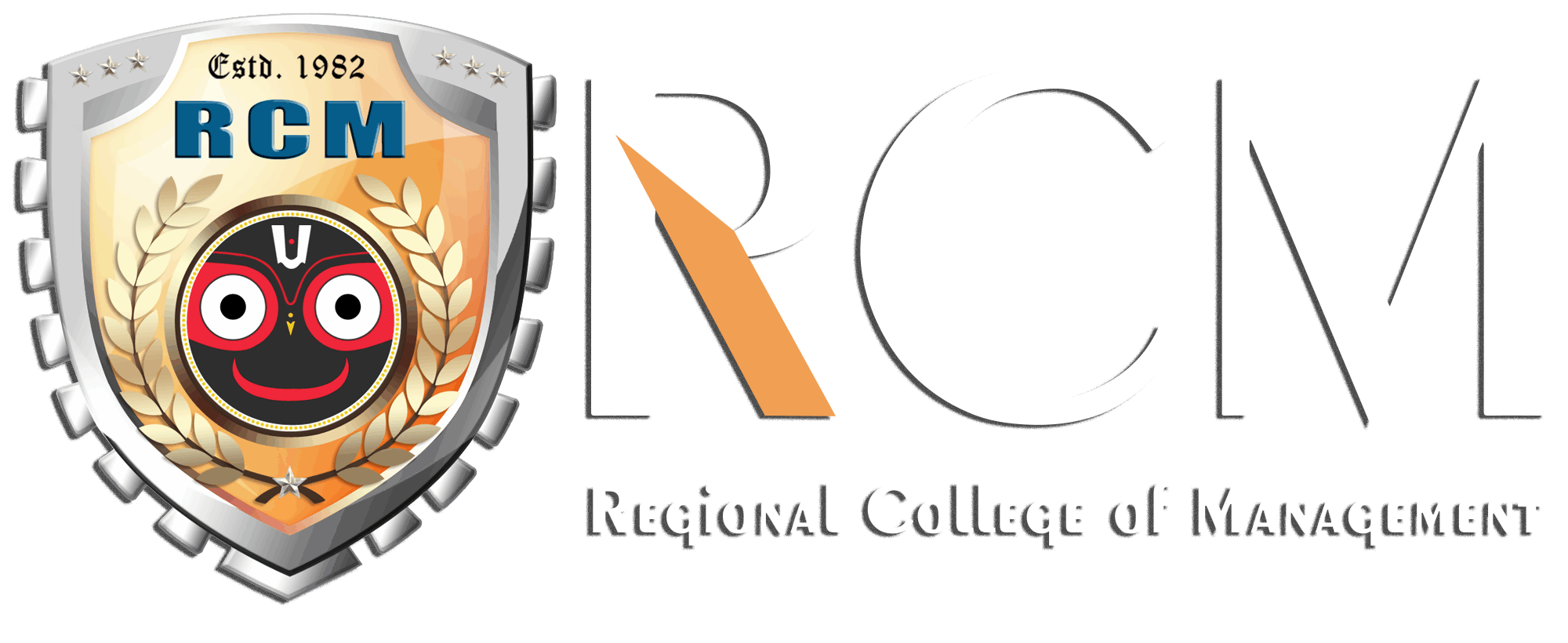
![NATIONAL ELIGIBILITY CUM ENTRANCE TEST [ NEET (UG) – 2025 ]](https://rcm.ac.in/wp-content/uploads/NEET-Blog-Images.jpg)







